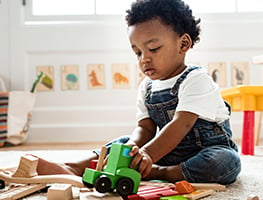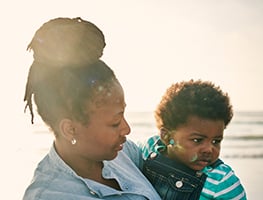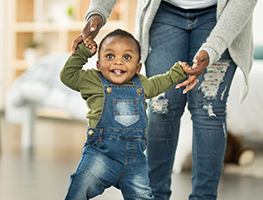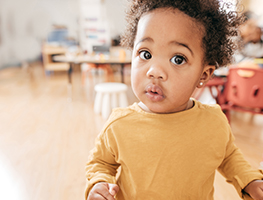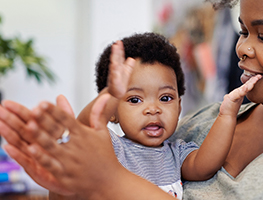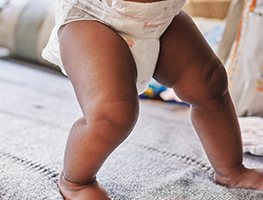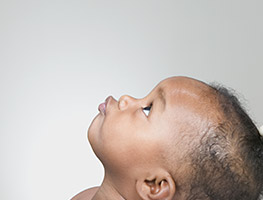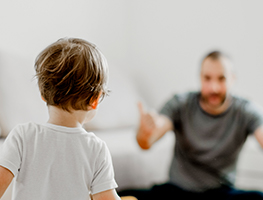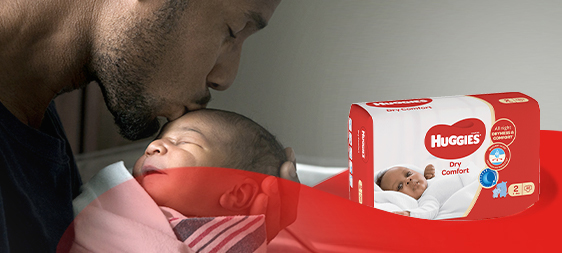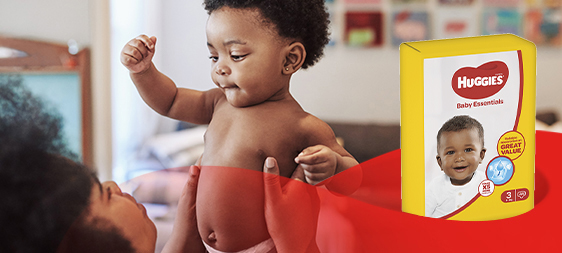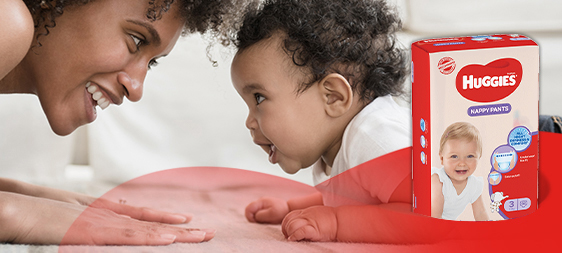Many babies and toddlers go through a stage of biting. It can be a difficult time for parents, because it may cause them embarrassment in front of others (if the child bites someone else), physical pain, or a complete sense of helplessness in trying to prevent it.
The first thing we need to do is to understand why they do this before we can attempt to change their behaviour. Due to their limited language and our limited “mind-reading” skills, we are unable to really know exactly what they’re thinking! Some developmental theorists suggest that biting may be a form of exploration, but as parents we can make some educated guesses. Examining these reasons gives us the opportunity to determine the best approach to change the behaviour.
There are 5 main categories of “biters”
The Experimenter
Infants and toddlers need to explore their world, which includes using all of their 5 senses. Many children put things in their mouth to learn more about them.
DO: make it clear to the child that the biting is unacceptable (e.g. clearly and firmly stating “No”). Also, provide them with a wide variety of toys and activities to play with that can stimulate their senses during this exploration stage.
The Teether
These are the young ones that are experiencing discomfort with their growing teeth. During this stage, they need to chew on something to help relieve the pain.
DO: offer the child soothing items to chew on, such as teething rings, fruit or biscuits.
The Frustrated
These children are the ones that have difficulty communicating their anger or do not have sufficient coping skills. They are lacking in social and emotional skills, and have not yet learned to demonstrate or state their feelings appropriately.
DO: teach them the words that they need to tell you how they feel (e.g. “Too hard” or “Cross”) or reflect their feelings (e.g. “I can see that you’re feeling angry because you can’t take the lid off the jar.”) Also, if you see them about to “blown their top”, try to intercept any potentially harmful incidents before they occur.
The Threatened
Some children bite in self-defence because they feel endangered in some way. Often they experience an overwhelming fear, and react in this way to gain a sense of control.
DO: reassure the child and reduce stress by helping them feel safe and secure. Step in where possible to prevent the child from feeling threatened and remove them from the situation. Also teach them assertive words such as “That’s mine” or “No”.
The Attention-seeker
The response that they get when they bite can be a terrific reinforcement for their behaviour. For example, hearing a high-pitched squeal, or a giggle, etc. may encourage them to repeat the action on another occasion. If they are assured of getting attention (whether positive or negative) after biting, then they are likely to do it again.
DO: give attention to the child when they are NOT biting, and minimise (where possible) the attention that you give immediately after the child has bitten someone.
There are some other reasons for toddlers biting (such as looking for cause-and-effect, imitation, not dealing with stress or being overly tired). The important thing to remember is that at no time should an adult bite the child back. We do not want to show our child that biting IS a way of communicating our negative feelings. This action is a sign of retaliation and is NOT the behaviour we want to model!
Ideally, we should ensure that we communicate firmly and with authority the word “STOP” and give a brief explanation that it hurts and they are not allowed to bite people. We need to teach them the language they need to say when they feel that way in the future.
Remember to act immediately when the behaviour occurs and remove them from the situation. You will need to comfort the child that was hurt, but you may need to comfort the child that bit as well. They may feel overwhelmed or afraid after the incident, and may even want to see the wounds on the other child. This can only be done if both children are willing though!
Keep in mind, biting is common (around 10% of children), but is not acceptable, and we need to teach more appropriate behaviour. Model the behaviour that you expect, teach the language that they need to communicate, provide alternative activities or less stressful situations for the child, and make it clear to the child that it is never acceptable through your tone of voice (but NOT by yelling).






